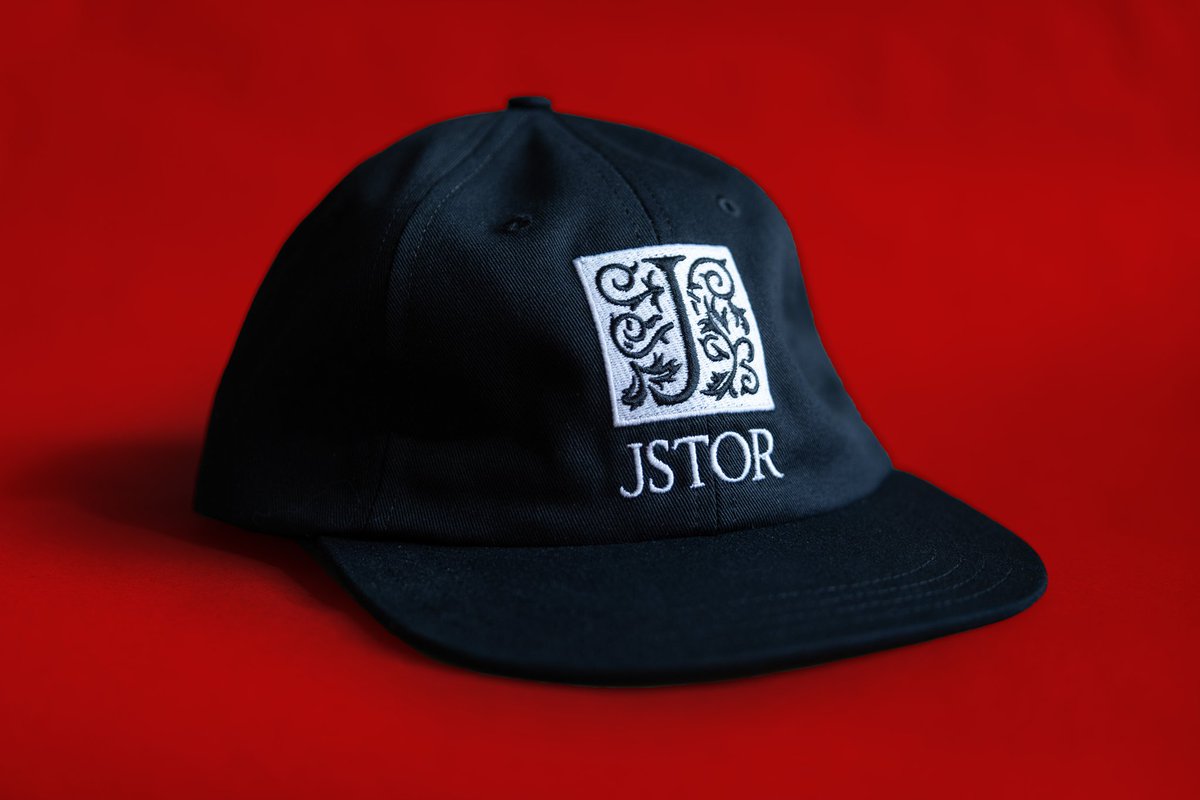
JSTOR Daily
@JSTOR_Daily
Nonprofit news & quirky history based on scholarly research @JSTOR. Subscribe free: https://t.co/8iuShflioK or become a member: https://t.co/bXwXNiJscV
ID:2696503964
http://daily.jstor.org 31-07-2014 19:58:41
42,9K Tweets
50,2K Followers
1,0K Following
Follow People

Unlock the power of knowledge with JSTOR Daily! By becoming a member of our Patreon, you directly support the writers and editors behind the insightful articles you enjoy. Join the community shaping the future of accessible scholarship. patreon.com/jstordaily





What started as a solemn commemoration of dead Civil War soldiers has become a celebration of summer. Here’s why that makes total sense. bit.ly/2Er10bH #MemorialDay





The images, diaries, and ephemera in the Civil War and Slavery Collection Grand Valley State reveal the cold realities of Abraham Lincoln’s world. bit.ly/3ywcyt0

The story of planet formation is complicated, fascinating, and still getting worked out. bit.ly/4dKFwFL #astronomy








Love diving deep into history, culture, and science? Support JSTOR Daily on Patreon and fuel the exploration of fascinating topics by talented writers. Together, we can keep the curiosity alive. Join now! patreon.com/jstordaily







